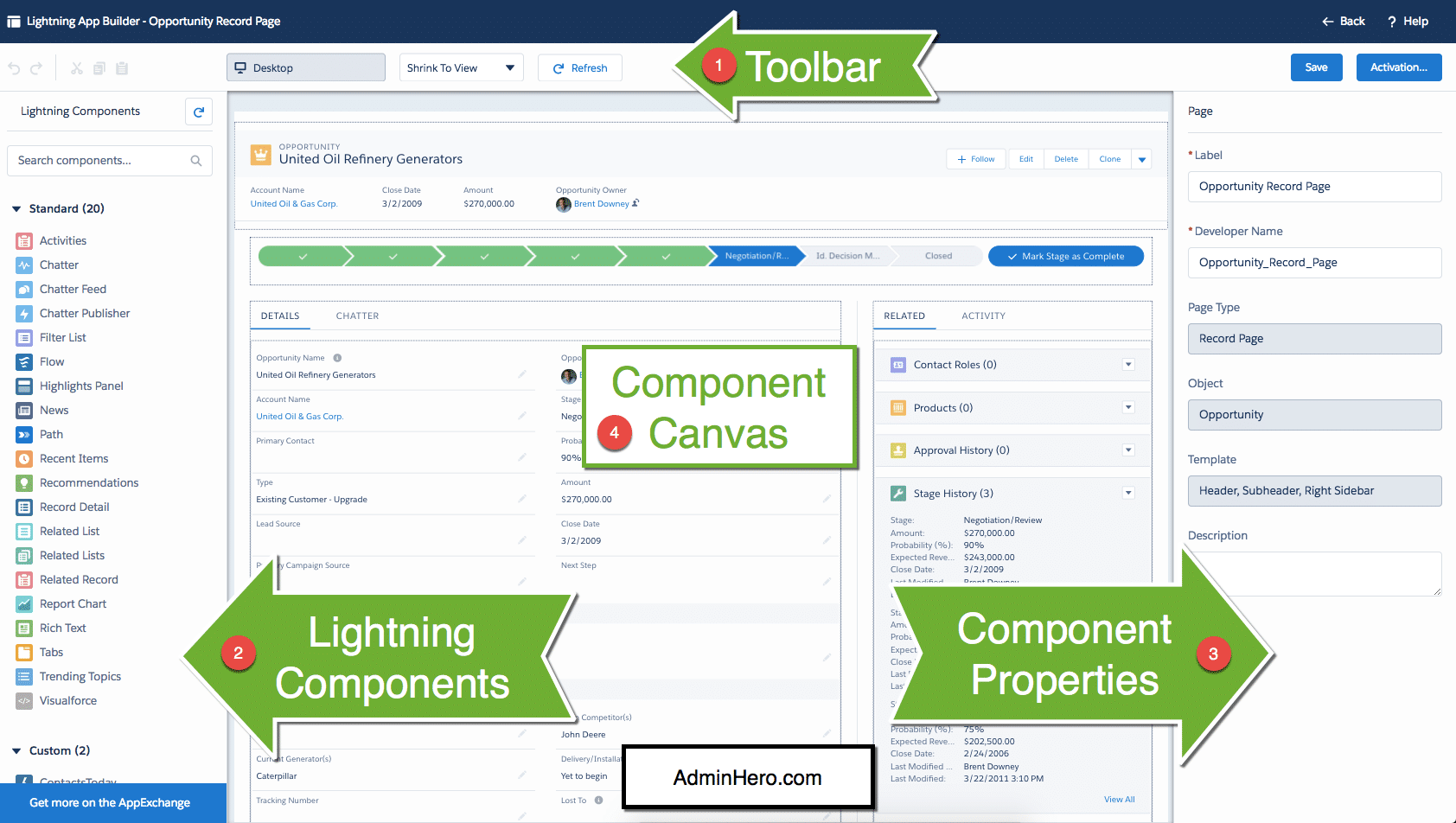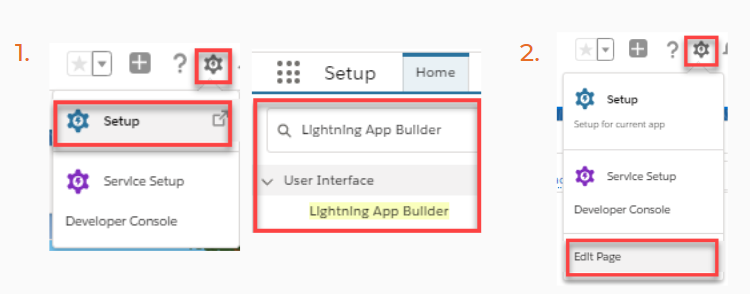
 What’s more, you can even inline edit the related record details without leaving the page. The UI is dynamic enough to handle this situation by giving you the option to search contacts and assign it to the Case. If there’s no related Contact record for a case, it will be blank. Or you can display the Case’s parent case details also as shown below. Displaying Case’s contact record details as a component in Case Page. The related record component properties. (My most favorite feature of Lightning App Builder) You can now add Lookup/Parent Record Component to a Lightning Page and show its details on the page, without having to click/hover over the name. More buttons can be added and shown on Lightning Highlights Panel. You can now clone Default Lightning Pages as well. Three Columns (The main column width is 50%, and the side. Now more templates have been added for Record Pages and App Pages as well including the most wanted 3 columns layout! New Lightning Page Templates: Earlier to build a Lightning Record Page or a Home page, you had only 3 options (header with 1 or 2 columns only). You can now customize Person Account Lightning Pages also in Lightning Experience. So, they will do more than what a page layout in Classic can do. Assign Lightning Pages by Record Type, App or Profile: Earlier Lighting Record Pages were available to be assigned to only Profiles, now you can assign to a particular Record Type or even an App. What’s new in Reports & Dashboards in Lightning Experience this Spring 17, click here. Read the highlights from All of the Spring 17 updates here. To set up Einstein & its Features, learn here (screenshots added). However, as per the official Salesforce blog post, you can ask your AE to be a pilot customer.In this post, I will highlight all the new features introduced into Lightning App Builder with Spring 17 release. All of this with a brand new interface to make all of this happen.īefore you get too excited, Dynamic Forms aren’t expected to be released until Salesforce Winter ’21 which will be around October 2020. No more multiple page layouts, record types and automation! With component visibility rules, you can show/hide components based on field values.
What’s more, you can even inline edit the related record details without leaving the page. The UI is dynamic enough to handle this situation by giving you the option to search contacts and assign it to the Case. If there’s no related Contact record for a case, it will be blank. Or you can display the Case’s parent case details also as shown below. Displaying Case’s contact record details as a component in Case Page. The related record component properties. (My most favorite feature of Lightning App Builder) You can now add Lookup/Parent Record Component to a Lightning Page and show its details on the page, without having to click/hover over the name. More buttons can be added and shown on Lightning Highlights Panel. You can now clone Default Lightning Pages as well. Three Columns (The main column width is 50%, and the side. Now more templates have been added for Record Pages and App Pages as well including the most wanted 3 columns layout! New Lightning Page Templates: Earlier to build a Lightning Record Page or a Home page, you had only 3 options (header with 1 or 2 columns only). You can now customize Person Account Lightning Pages also in Lightning Experience. So, they will do more than what a page layout in Classic can do. Assign Lightning Pages by Record Type, App or Profile: Earlier Lighting Record Pages were available to be assigned to only Profiles, now you can assign to a particular Record Type or even an App. What’s new in Reports & Dashboards in Lightning Experience this Spring 17, click here. Read the highlights from All of the Spring 17 updates here. To set up Einstein & its Features, learn here (screenshots added). However, as per the official Salesforce blog post, you can ask your AE to be a pilot customer.In this post, I will highlight all the new features introduced into Lightning App Builder with Spring 17 release. All of this with a brand new interface to make all of this happen.īefore you get too excited, Dynamic Forms aren’t expected to be released until Salesforce Winter ’21 which will be around October 2020. No more multiple page layouts, record types and automation! With component visibility rules, you can show/hide components based on field values.  Place fields across tabs, meaning you can further split up the placement of fields for a cleaner UX/UI.
Place fields across tabs, meaning you can further split up the placement of fields for a cleaner UX/UI. 
This enables you to place fields across different components, completely splitting up the different sections. This will drastically improve the user experience for your users, as well as make the administration process a lot easier. Dynamic Forms will be accessed through the Lightning App Builder and will allow you to completely customise the placement of fields across the App, which opens up unlimited customisations possibilities.







 0 kommentar(er)
0 kommentar(er)
